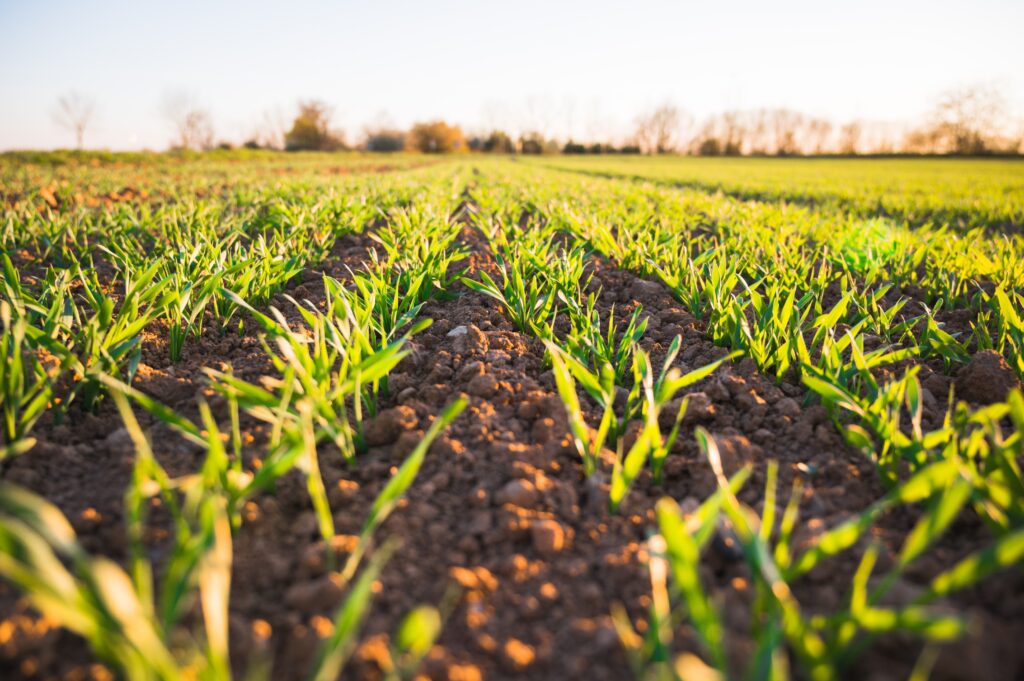SoilSteam provides a significant contribution to sustainable soil management
Topsoil is a valuable resource that is under pressure globally, according to FAO. In a time where sustainable solutions are crucial, it is necessary to explore innovative methods to conserve and reuse soil in a way that supports our ecosystems and combats climate change.
To address this challenge, it is essential to focus on the recycling and reuse of topsoil while avoiding the use of chemicals. This is not only important for sustainability and food security but also to maintain the soil’s ability to sequester CO2 and preserve valuable biodiversity. Failure to act now could result in food shortages, high food prices, and potentially lead millions of people into hunger and poverty, argues FAO leader, José Graziano Da Silva.

The Importance of CO2 Sequestration and Soil Microorganisms in the soil
Soil plays a crucial role in the fight against climate change, as it sequesters more CO2 than all the world’s plants and trees combined. Effective CO2 sequestration in the soil can be a crucial strategy to reduce greenhouse gas emissions. Therefore, new technology supporting sustainable soil management is needed in the future.
More than 50% of the world’s organisms exist in soil ecosystems, making healthy and fertile soil crucial for food supply, biodiversity and climate. Research shows that better soil management can significantly increase carbon sequestration and the potential gain surpassing annual emissions from the global transportation sector.
SoilSteam’s Contribution to Sustainable Soil Treatment
SoilSteam is an innovative player in the agricultural and construction sectors, developing machines that use steam to treat soil. The goal is to reduce harmful microorganisms, insects, nematodes, as well as seeds and weed roots while maintaining soil productivity.
SOILSAVER™ – Sterilization for Reuse
Soilsaver™ aims to sterilize soil in construction projects where invasive plants plant such as Japanese Knotweed and Giant Hogweed are present in the soil masses. This enables the reuse of soil that would otherwise be degraded to landfills. The clean soil can be reused in areas with existing natural soil, allowing the native microorganisms in the surrounding soil to establish themselves in the clean masses.
FIELDSAVER™ – Sustainable Soil Treatment
Fieldsaver™ operates on agricultural land, steaming the soil where it is. It uses hot steam to heat the soil and combat negative microorganisms and weeds without the use of chemicals. Precision steaming allows local treatment around the planting site, providing effective results while keeping energy usage low.

Effect on Microorganisms and Crop Yield
Although steaming affects soil microorganisms, international research and experience show that healthy soil life quickly re-establishes itself. Minimizing temperature and exposure time is a crucial factor in minimizing the drawbacks of soil steaming. SoilSteam, in collaboration with NIBIO, Vegvesenet, and other stakeholders, has conducted research to study the criteria that must be set depending on the diseases or pests present in the soil. It is important to emphasize that soil steaming is a treatment method, where the alternatives are either deposition or treatment with harmful chemicals. Healthy and pest-free soil should not be steamed.
Effects observed on plant life and vegetables after steaming are positive, resulting in faster establishment, higher yields, and increased durability.
SoilSteam’s soil treatment not only contributes to maintaining soil health and supporting sustainable agriculture but also provides tangible solutions for circular mass management, helps reduce greenhouse gas emissions, and preserves valuable topsoil for future generations. This is a significant step towards a more sustainable and responsible use of the Earth’s resources.